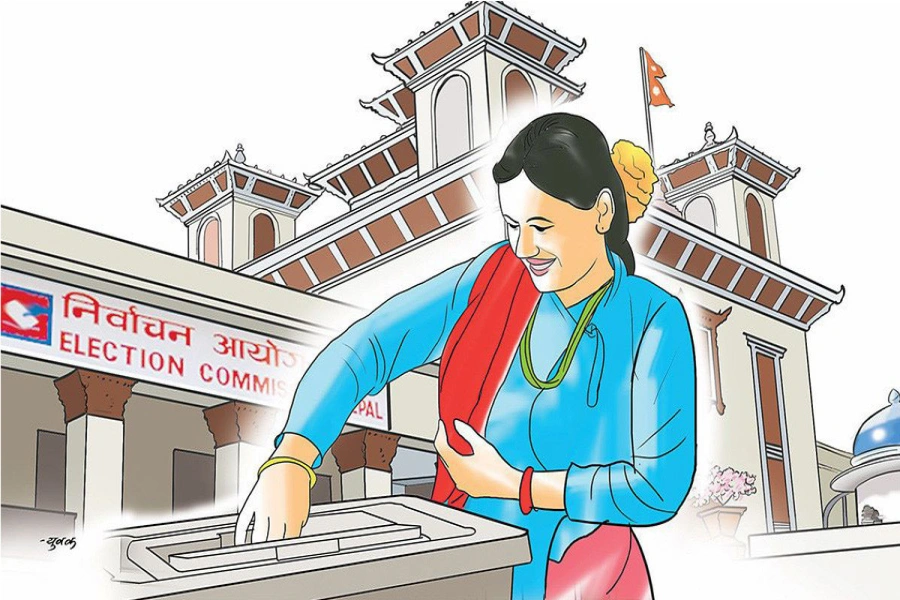But have you ever asked yourself what do you know about this traditional form of art?[break]
The word Ranjoli originates from two words – ‘Rang’ which means ‘colors’ and ‘Aavalli’ which means ‘row of colors.’ A rangoli is not just for decorative purposes but it is supposed to prevent evil from entering your home, and they are also sacred welcoming areas for Hindu gods and goddesses. Any negative energy in the air gets trapped in the web of the design and doesn’t enter the house just the way bad dreams supposedly get caught in the spidery web of a dreamcatcher.
The traditional form of Rangoli had designs and motifs based on nature, such as birds and flowers. Even the colors were extracted from natural dyes like barks of trees and leaves. Traditionally, rangolis were made of finely ground rice powder and the only colors it had were from powders that are used in worship, like turmeric and vermillion. Now synthetic dyes have replaced natural ones and even the designs include geometrical patterns and fancy structures.

The design fragility due to the use of powder, however, signifies the impermanence of love and life. If you look closely, the design of a perfectly made rangoli is symmetrical – the left and right parts of the design are similar. Symmetrical designs are supposed to be a symbol of good luck and prosperity like the yin and yang symbol or swastika.
There are quite a few legends associated with the origin of Rangoli. The earliest mention in regard to this art form is found in Chitralakshana, the oldest Indian treatise on painting. There it is mentioned that the death of a high priest’s son led to widespread despair and people prayed to Lord Brahma, asking for the boy to be brought back to life. Moved by their prayers, Lord Brahma asked them to paint a portrait of the boy on the floor. Lord Brahma breathed life into the portrait and the boy became alive again. This portrait of the boy was the first rangoli painting ever made.
Another legend has it that God extracted juice from one of the mango trees to be used as paint which he used to draw a figure of a beautiful woman. It is believed that the painting of the woman was so brilliant that it put the angels to shame. Rangoli then became a popular form of self-portrait for women.
However, rangoli is a folk art from India that has become popular in Nepal over the years as Nepalis have become greatly influenced by their culture. In Nepal, the traditional practice was to make a Mandala which is Sanskrit for ‘circle.’ The basic design of a mandala is a square with four openings enclosing a circle which symbolizes perfection, unity and completeness. Like a rangoli, it is also made of white powder.
“The reason behind making a mandala during Tihar is to protect yourself from harm and evil throughout the coming year,” says Indra Mali, culture expert, adding that the concentric diagrams have a deep religious and spiritual significance, especially in the Hindu and Buddhist cultures.
“Rangolis have conveniently replaced the practice of making a mandala though a mandala is still of great importance in certain cultures during Tihar,” adds Mali.
But this Tihar, whether you opt to embellish your entrance with a rangoli design or a mandala, remember that you are not only decorating your abode but inviting positive energy and affluence in your life.
Javed Akhtar threatened Kangana to say sorry to Hrithik, Mahesh...






































